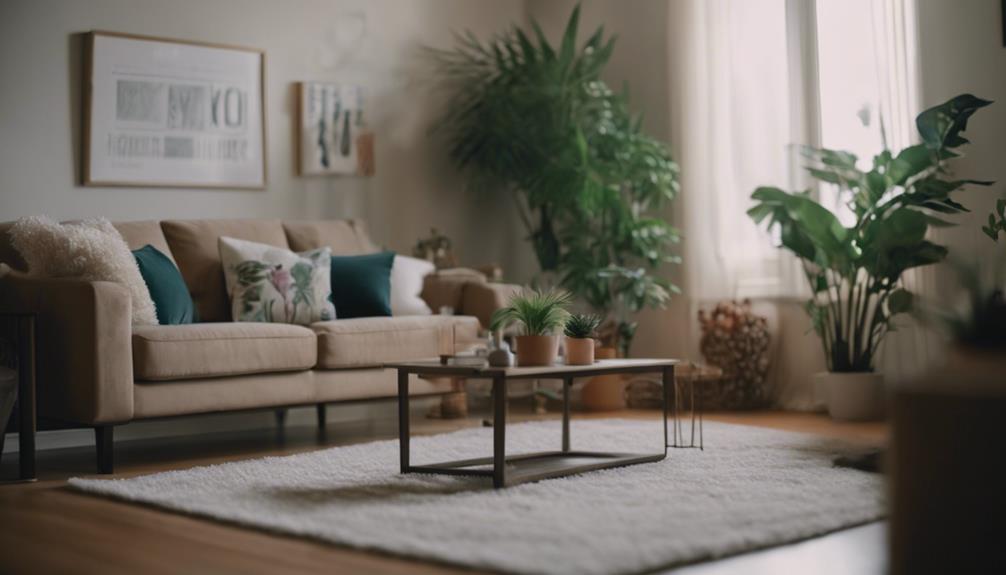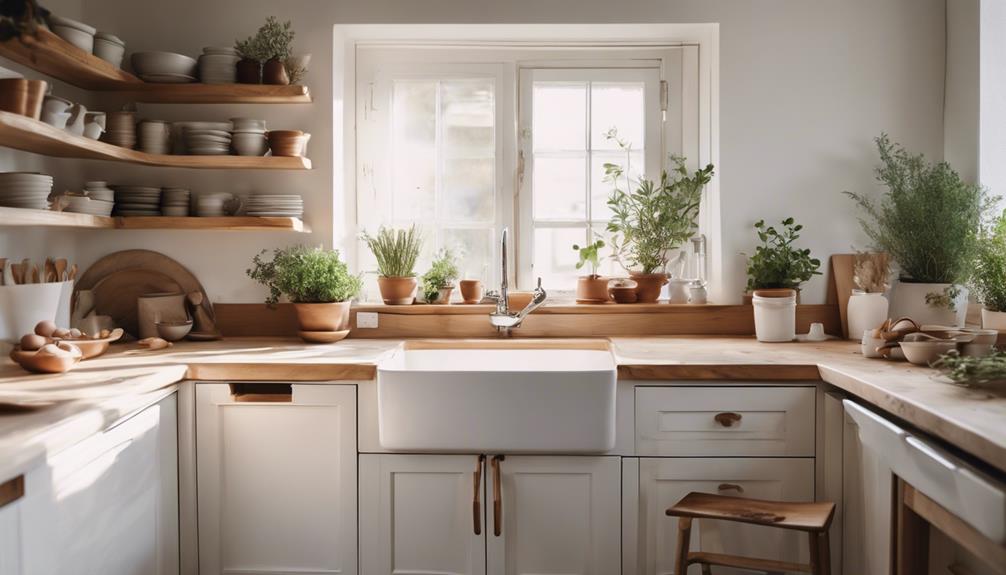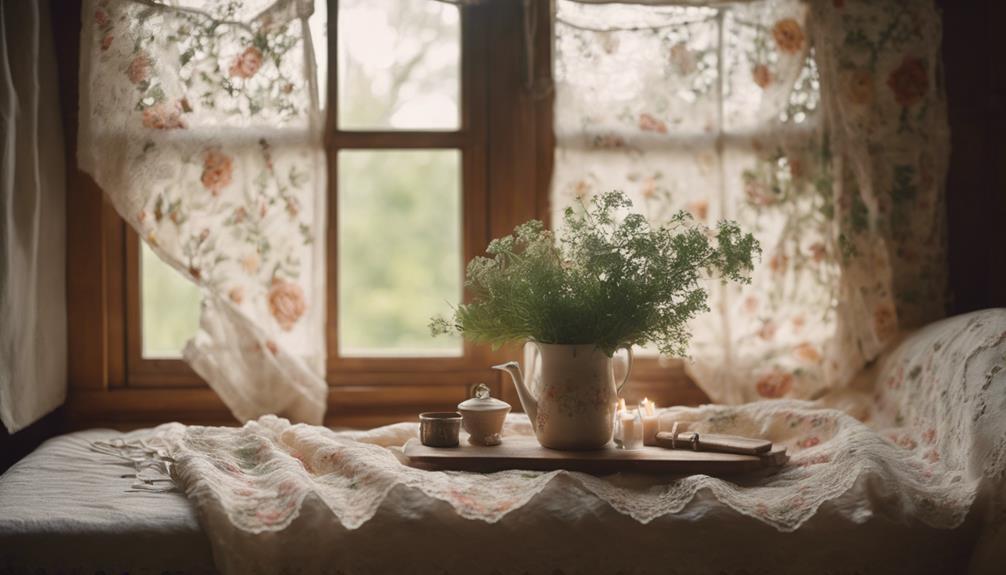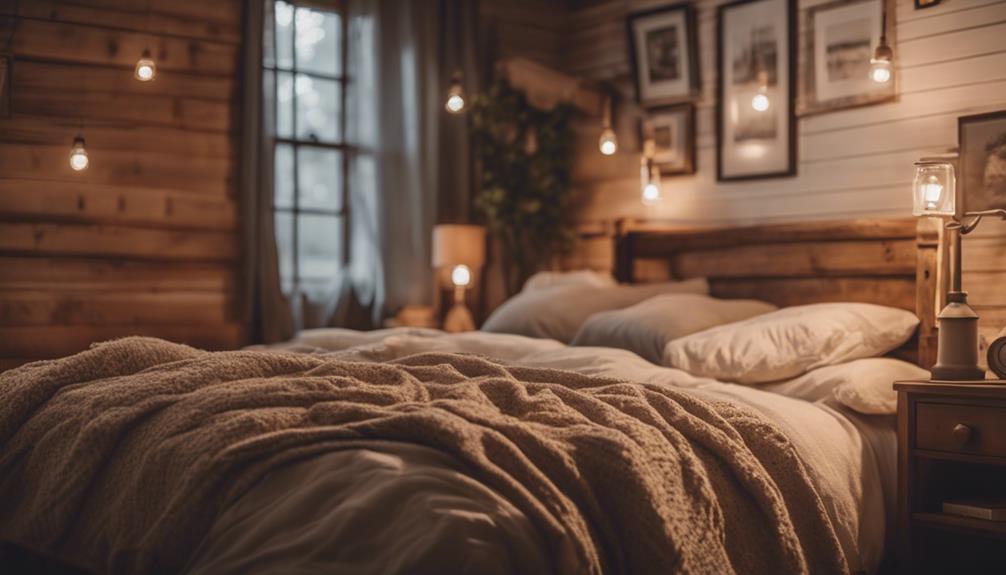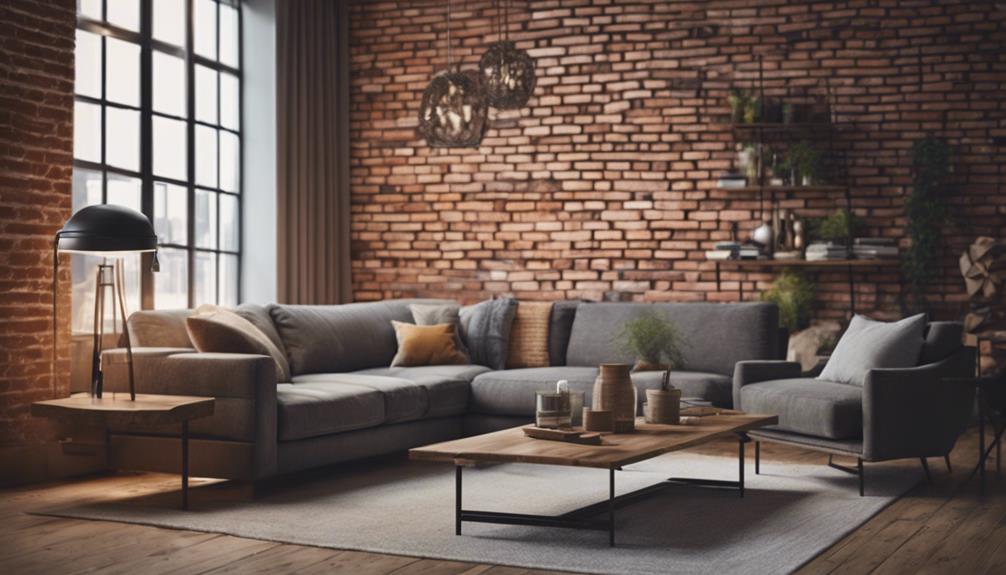The global home decor market reached $647.4 million in 2022, encompassing furniture, home textiles, and floor coverings. Consumer spending fuels revenue for international and regional players through diverse distribution channels. Market growth is driven by popularity surges and increased disposable income. Key challenges include quality control and rising material costs. North America led with 39.7% of revenue, while Asia Pacific shows growth potential. Major players like Duresta Upholstery Ltd. and Ashley Furniture Industries Ltd. dominate. By 2032, the market is projected to reach $1.1 billion. Sustainable trends are shaping the industry globally, with the United States and Germany taking the lead.
Key Takeaways
- Valued at $647.4 million in 2022
- Expected to reach $1.1 billion by 2032
- Revenue projected to hit US$133.60 billion in 2024
- North America dominated in 2022 with 39.7% of global revenue
- Sustainable home decor products demand is rising globally
Global Home Decor Market Size
In 2022, we saw the global home decor market valued at $647.4 million. This market includes a wide range of home decor products such as furniture, home textiles, and floor coverings. The revenue generated from consumer spending on these items contributes greatly to the market size. Key players in the industry, both international and regional, compete in this highly fragmented market space. Distribution channels for home decor products vary from traditional brick-and-mortar stores like supermarkets and hypermarkets to modern e-commerce platforms.
The global home decor market's revenue is expected to continue its growth trajectory, with a projected reach of $1.1 billion by 2032, showcasing a Compound Annual Growth Rate (CAGR) of 4.9%. As consumer preferences evolve and trends shift, the market dynamics will likely see further changes. Understanding the market size and the various distribution channels is essential for both businesses and consumers looking to engage with the home decor industry effectively.
Market Growth Trends and Drivers
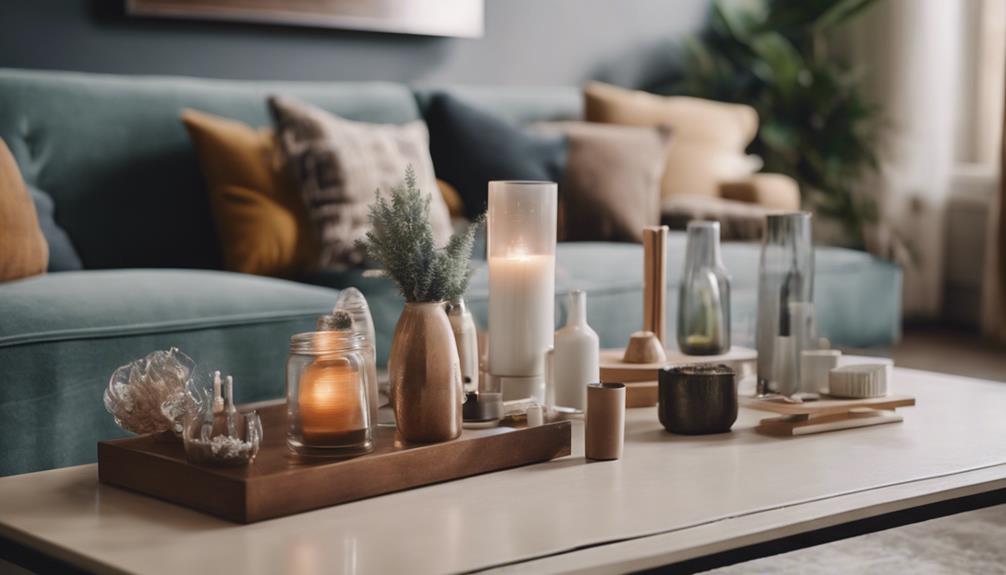
As we explore the Market Growth Trends and Drivers, it becomes evident that the surge in popularity of home decor products and the rise in disposable income are key factors propelling the global home decor market towards a projected value of $1.1 billion by 2032.
The increasing demand for eco-friendly options is also driving this growth, aligning with consumer preferences for sustainable choices in home decor. Alongside these drivers, the furniture market plays a significant role in shaping the industry landscape. Challenges such as the availability of low-quality products and escalating raw material costs pose hurdles to market expansion.
Market segmentation, including product types like furniture, home textiles, and floor coverings, allows for a targeted approach to cater to diverse consumer needs and preferences. Major players in the industry, such as Duresta Upholstery Ltd. and Ashley Furniture Industries Ltd., navigate market fluctuations and material costs to maintain their positions in this dynamic sector.
Regional Market Insights

Delving into regional market insights reveals the diverse dynamics shaping the home decor industry across different geographical areas. In 2022, North America stood out by dominating the home decor market, contributing to 39.7% of global revenue.
On the other hand, Asia Pacific is predicted to experience substantial growth, fueled by the expansion in the realty sector. Companies like Kurlon are setting ambitious revenue targets, aiming for Rs 1,000 crore, while Dekulture Works is eyeing Rs 100 million for market expansion.
The home fragrance market, valued at USD 7.7 billion in 2022, is expected to reach USD 12.5 billion by 2032. Market leaders such as Inter IKEA Systems B.V. and Kimball International Inc. are emphasizing product innovation to stay competitive in the evolving home decor landscape. These regional nuances highlight the varied strategies and opportunities present in different parts of the world.
Key Market Players Analysis
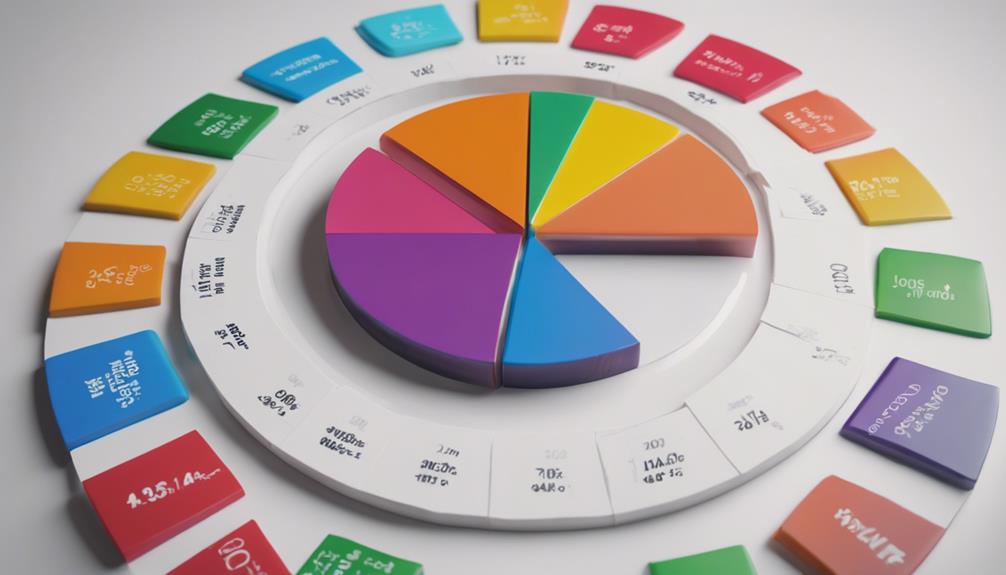
Exploring the landscape of the home decor market further reveals key insights into the players driving innovation and growth in the industry. Duresta Upholstery Ltd., Forbo International SA, and Ashley Furniture Industries Ltd. stand out as top companies in the market. Alongside them, Inter IKEA Systems BV and Shaw Industries Group, Inc. make significant contributions to market share.
Prominent players like Armstrong World Industries, Inc. and Mohawk Industries Inc. also play a vital role in shaping the market dynamics. Challenges faced by these key players include managing the impacts of the fluctuating global economy and the rising costs of materials such as wood, metals, textiles, and plastics. Additionally, the presence of low-cost home decor producers in countries like China and Vietnam presents a competitive challenge that influences market strategies.
These key players navigate a complex landscape influenced by various economic factors and competition from low-cost producers, driving the need for innovation and strategic decision-making.
Future Market Projections
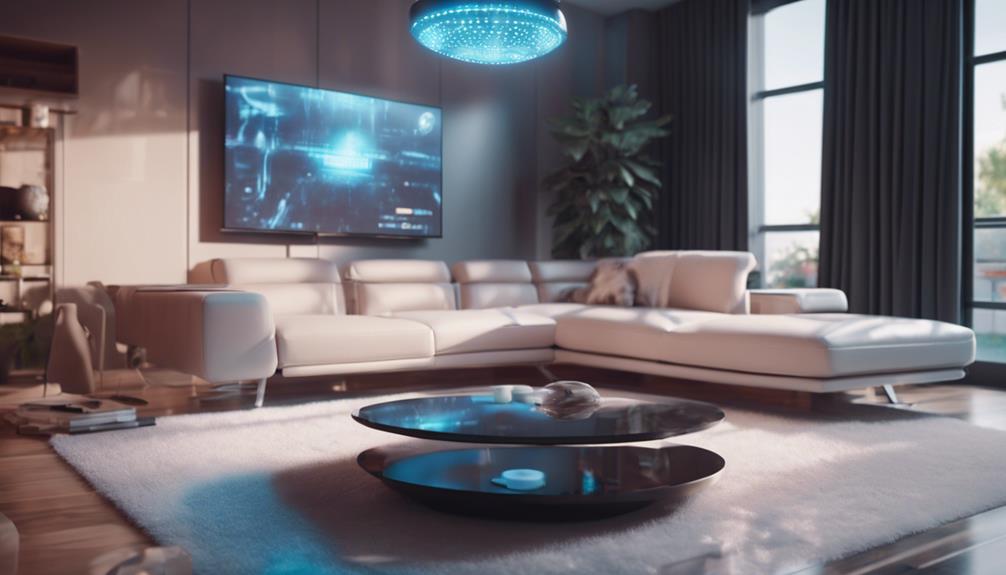
Our analysis indicates a promising outlook for the future of the home decor market, with substantial growth projections leading up to 2032.
The global home decor market, valued at $647.4 million in 2022, is set to reach $1.1 billion by 2032, exhibiting a steady CAGR of 4.9%. Revenue in the global home decor market is expected to hit US$133.60 billion in 2024, with an annual growth rate projection of 3.89%.
The United States stands out as a revenue leader, contributing US$35,440 million in 2024, with each person contributing an average of US$17.24. The demand for sustainable home decor products is on the rise worldwide, with Germany spearheading this trend.
Frequently Asked Questions
How Much Is the Home Decor Industry Worth?
The home decor industry is valued at $856.26 billion in 2022, projected to grow to $1,522.02 billion by 2031. Furniture makes up over half of this market.
North America leads in revenue generation, contributing 37.7%. Sustainable decor is gaining popularity globally, with Germany as a frontrunner in eco-friendly options.
Is There a Demand for Home Decor?
Yes, there's indeed a strong demand for home decor products globally. Consumers are increasingly investing in aesthetic accessories to enhance their living spaces.
The diverse segments of home decor, including furniture, textiles, and flooring, cater to various consumer preferences. With rising disposable incomes and a growing focus on premium home decor items, the demand for such products continues to increase steadily, reflecting a thriving market for home decor.
How Big Is the Decoration Industry Market?
The decoration industry market encompasses a wide range of products like decorations, carpets & rugs, candles, curtains, and blinds. With a global value of $647.4 million in 2022 and a projected growth to $1.1 billion by 2032, the market shows steady expansion.
In 2024, the United States led with revenue of $35,440 million in this sector. Brands like IKEA and Wayfair play significant roles in shaping this industry's landscape.
What Is the Outlook for the Home Decor Industry?
The outlook for the home decor industry appears promising, with a projected growth rate of 4.9% from 2022 to 2032. Factors such as the increasing popularity of home decor products and rising disposable incomes are driving this expansion.
Despite challenges like low-quality products and escalating raw material costs, the industry is expected to flourish.
Are you ready to see how these trends shape the future of home decor?
Conclusion
To sum up, the home decor market is thriving globally, with a projected growth fueled by changing consumer preferences and increasing disposable income. Key players in the market are constantly adapting to meet the demands of a diverse customer base.
As we look towards the future, the home decor industry shows no signs of slowing down, offering a wide range of opportunities for both consumers and businesses alike. The market's potential seems limitless, promising exciting developments in the years to come.
